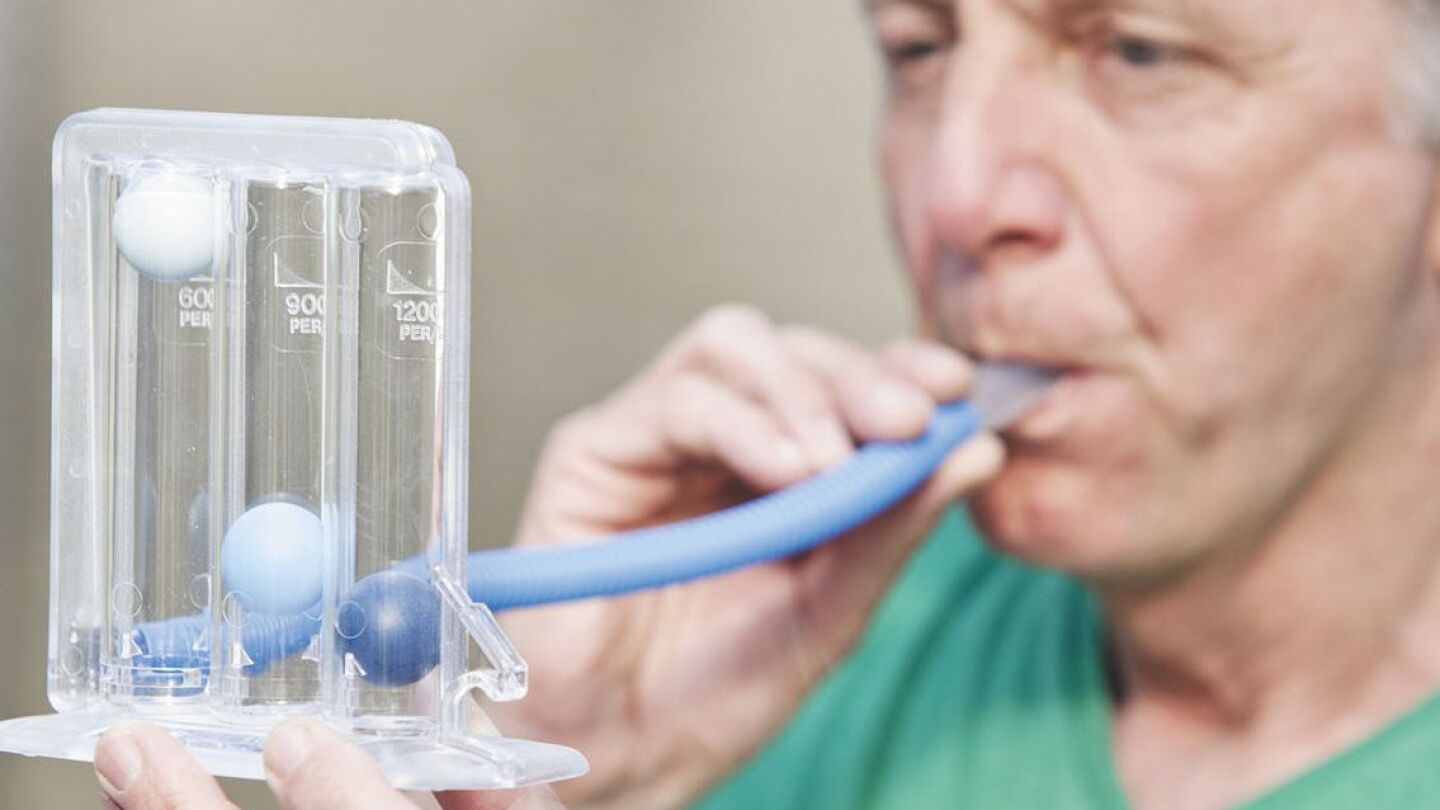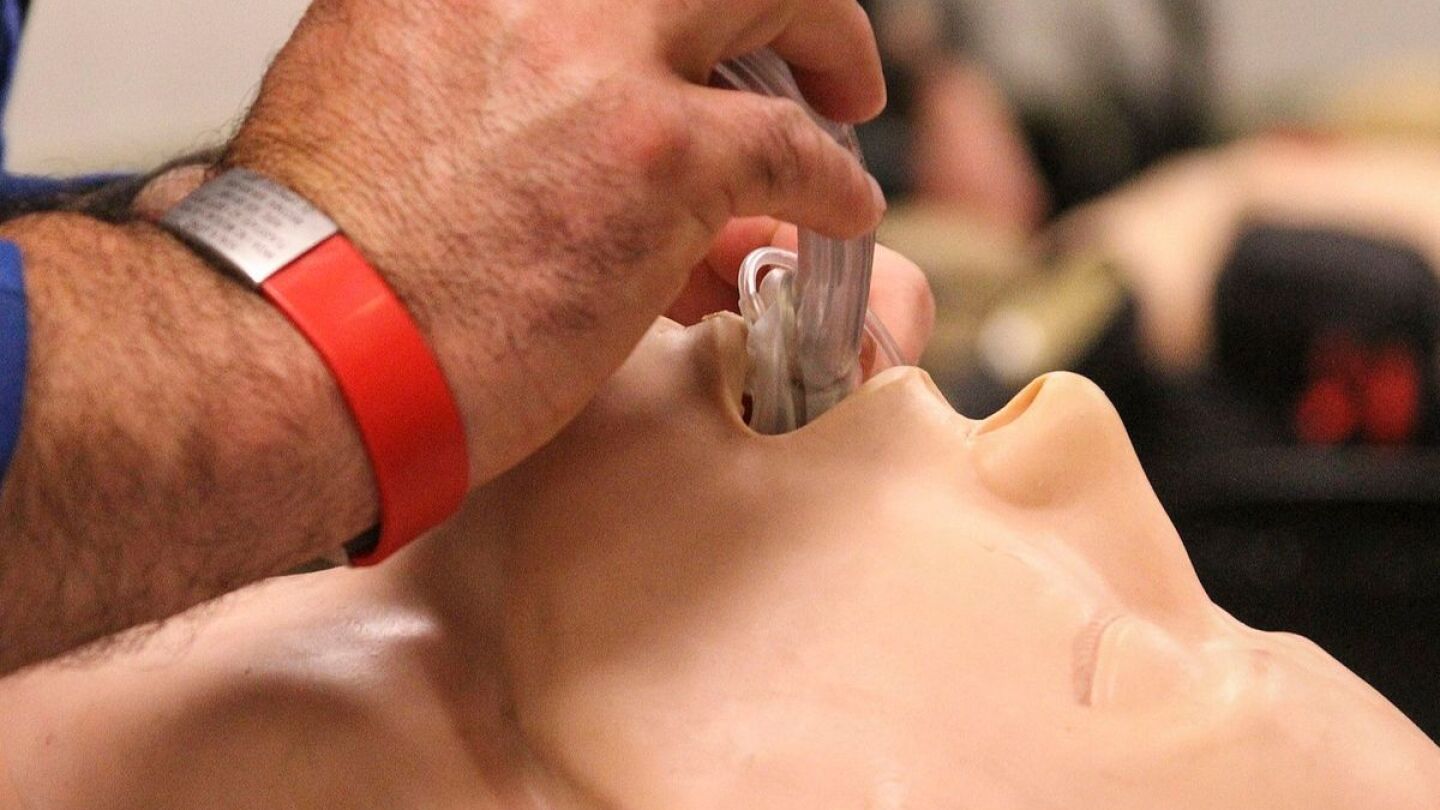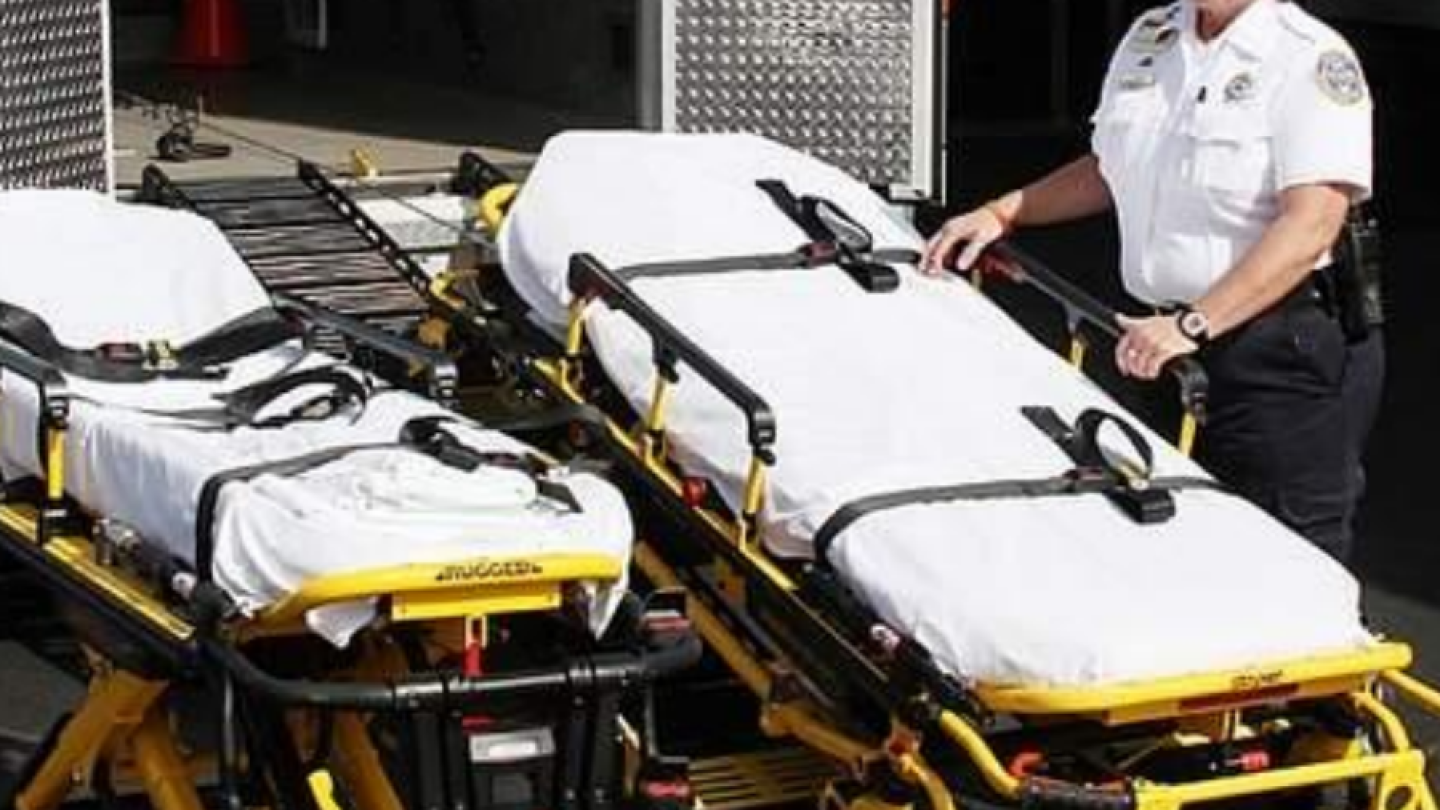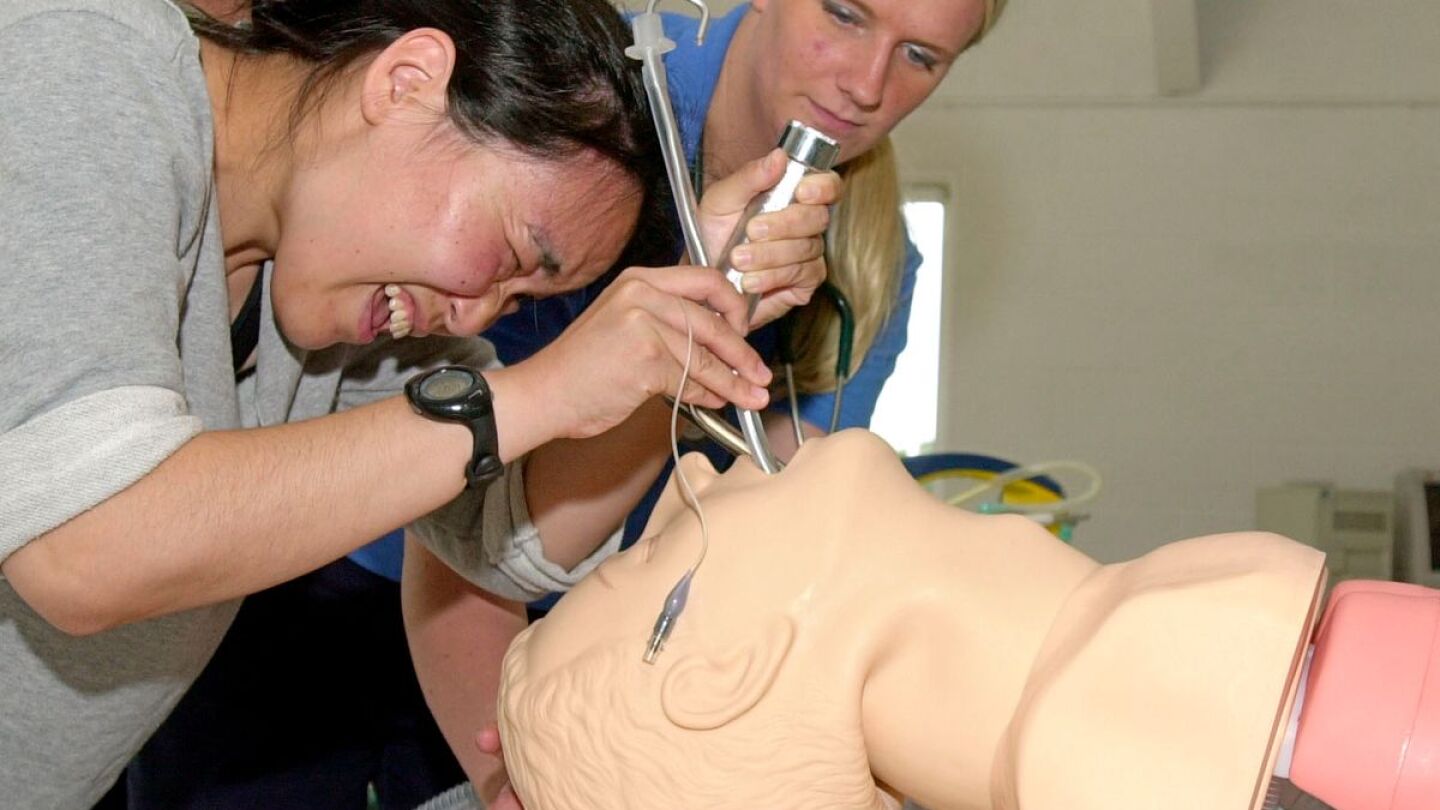Airway management
This directory provides essential articles on Airway Management, a critical skill for EMS professionals. Topics include techniques for securing airways, the use of advanced airway devices, and strategies for managing difficult airways in emergencies. Mastery of Airway Management is vital for ensuring patient survival during respiratory emergencies. For related information, explore our resources on Advanced Life Support (ALS), which often involves advanced airway procedures. Use this directory to deepen your understanding and improve your airway management skills in the field.
Where capnography can guide treatment in complex medical scenarios
Steve Whitehead will tell you why your BVM technique needs to go in this episode
Are those historical skills a blessing or a curse?
Austin Travis County Deputy Medical Director, Dr. Jason Pickett and Ginger Locke discuss the care of patients with a chief complaint of shortness of breath
HALO-Flight paramedics dislodged a marble from the boy’s throat on Christmas Day
Flight physician Cynthia M. Griffin shares lessons learned from an emergency surgical cricothyrotomy performed in a prehospital setting
Company owners presented employees with 10 new vehicles, seven new computers, three new power cots and more
We are beginning to see the initial correlations with COPD that vaping has on our patients’ overall health and respiratory disease exacerbation
The agencies are seeking feedback on key questions that will be used to review research and develop evidence-based guidelines
Test your knowledge of different types of airway adjuncts, contraindications, monitoring techniques and more
Unrecognized esophageal intubation has occurred in Rhode Island at least 11 times in the last three years, according to a report by The Public’s Radio
From mumps and measles, to the plague and Ebola, it is critical EMS is aware of the outbreaks, syndromes and conditions on the radar of public health
A hazmat team responded to the restaurant Thursday night after fumes from a cleaning product began causing nausea and breathing problems
Dr. Eric Topol, a world-renowned cardiologist, considers the stethoscope obsolete, nothing more than a pair of “rubber tubes”
Exploring non-affiliated emergency medical services eligibility for Assistance to Firefighters Grants
Investigators studied favorable neurological outcomes in cases where paramedics were randomized to use endotracheal intubation or supraglottic airways
Distinguishing between COPD and comorbidities, and scaling treatment and pharmacology to disease progression
Researchers have taught Amazon’s Alexa and Apple’s Siri to recognize the unique auditory signature of agonal breathing that heralds early cardiac arrest
Pre-oxygenate, evaluate for LEMONS and position a patient of any size correctly to help secure an airway
Delayed sequence intubation and lung protective ventilation have replaced rapid sequence intubation in modern airway management
Jai Ginn, wife of Bradley Ginn Sr., filed a federal lawsuit alleging that the parties violated her civil rights to due process
We’ve all heard about getting ‘back to the basic,’ but sometimes paramedics need to make sure they get back to the advanced, as well
CPAP should be used as a noninvasive positive pressure ventilation tool early on in a treatment regimen for respiratory distress
Our co-hosts discuss airway management and its important role in EMS, including common misconceptions and the standard all providers should strive for
Please take a couple moments to answer these multiple-choice questions, which will help us capture how your agency is staying up to date on training for EMS treatment of bariatric patients
Considering all the options available, re-usable vs. single-use devices and how your decision will last long into the future will help you make the right purchasing decisions today
As active shooters target different locations and mass gatherings, first responders need to adapt their preparation and response from the rescue task force model
The instrument allows medics to insert a tube into a patient’s lungs using a special blade with a camera attached to it.
Our co-hosts delve into the topic of hiring, discussing all aspects of the prospects and how to make a good first impression
The oxygen tank explosion left one EMT with minor injuries
Train for different BLS and ALS techniques so you can deliver an adequate breath to every patient, every time
A case study in opioid overdose complications, management strategies and provider safety































